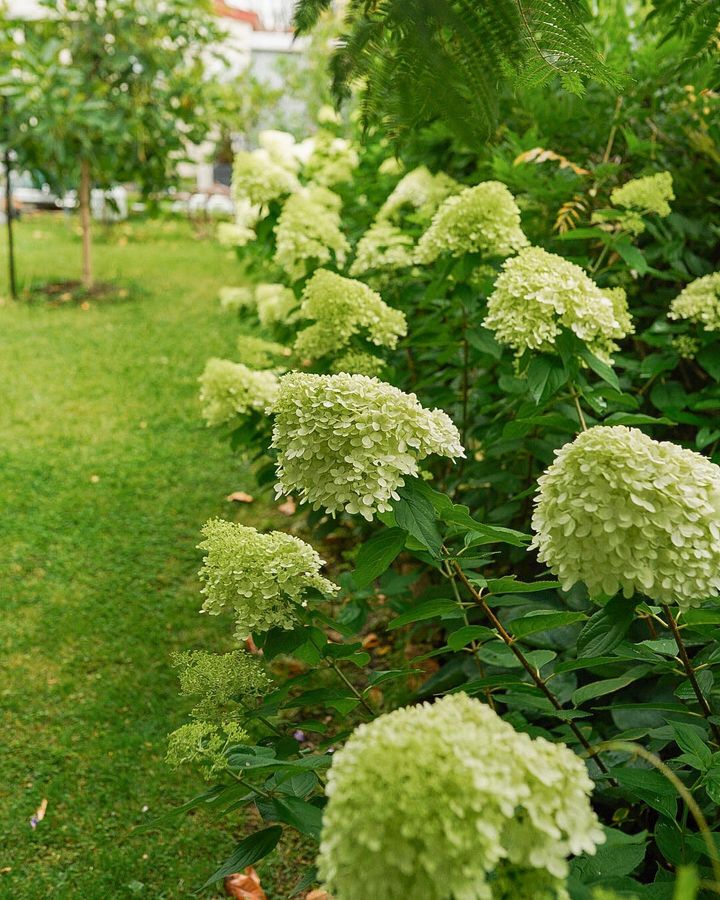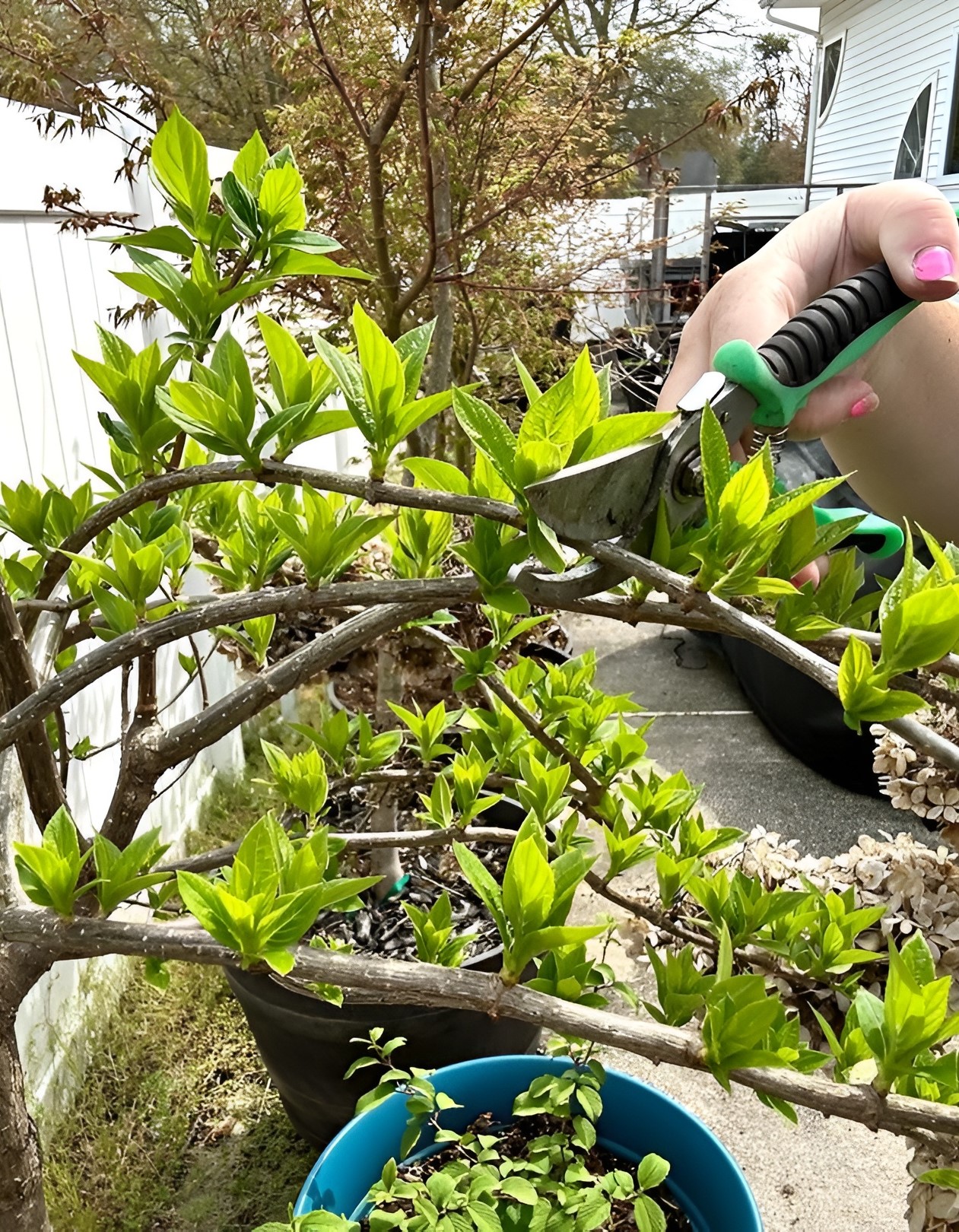Adding Limelight Hydrangea can grace your yard, garden, containers, and hedges with the most vibrant blooms that appear once it attains a considerable size.
Meanwhile, the Limelight Hydrangea demands pruning to maintain its size and bloom. Read the article to understand the growth pattern of Limelight.
Table of Contents Show
How Fast Does A Limelight Hydrangea Grow?
Limelight Hydrangea is a vigorous grower if provided with full to partial sunlight and balanced growing conditions in USDA zone 3-9.

During the active growing season, from summer to fall, the Limelight holds up its pace to reach mature size in just about 4 to 5 years.
However, the growth speed of Limelight might degrade if not pruned regularly as it focuses more on bloom formation instead of growth.
Limelight Hydrangea: How Big Can It Grow?
If the Limelight Hydrangea maintains the same growth pace yearly without being disturbed by external factors, it can easily grow to 10 feet or more.
The lifespan of Limelight is expected to be around 50 years, where it can reach mature full size with a spread of 6-8 feet but ceases later on.
Precisely, the Limelight Hydrangea, grown as a tree, attains a height of 6-8 feet and a spread of 7 feet with a branch-free gap of 3 feet from the ground.
Meanwhile, the bush Limelight catered as a hedge and border shrub hardly reaches 6 feet tall as it is pruned regularly.
On the other hand, panicle Limelight Hydrangea dwarf cultivars like Little Lime typically attain a length and width of 4 feet, while Limelight Prime reaches 4 -6 feet in height and spread.
While attaining maturity, the Limelight continues to give a new flush of upright conical bloom of 8-12 inches long that changes its color from creamy white to pink in fall.
Best Ways To Control the Size Of Limelight Hydrangea
Landscaping preference might vary from person to person, as some choose to grow the Limelight Hydrangea as a border shrub but some as a tree.

So understand the pruning tricks to train the variety as a single-trunk tree or a large hedge bush that can thrive on the coldest days.
- Start by sterilizing the pruning tools like scissors and pruners with isopropyl alcohol.
- Deadhead old blooms hanging on the branches from their base.
Tips: You can trim off the blooms even during summer for your vase or prepare a bouquet.
- Look out for nodes between the branches so that you can clip off the portion just above it to promote new growth from the bumps.
- Choose the size to cut down the Hydrangea based on your preference of tree or shrub, but maintain 1.5 feet of height while pruning.
- You can cut 1/3rd of its height for bloom and new leaves to develop.
- Meanwhile, you can cut off the new growth branches at the basal part if you wish to have bigger flowers.
Avoid pruning the Hydrangea during the dormant period, as it may push back the growth and ultimately cause the plant to die.
From Editorial Team
Extra Tips!
Limelight Hydrangea is a long bloomer extremely resistant to diseases and pests and sometimes deters Deer, making it a protective border for other vulnerable plants.
Grow the hardy Hydrangea varieties for their stunning blooms that can tolerate even the coldest days, although they may appear dead.


